'De-Greening' of the central Sahara: Holocene environmental dynamics in the Tibesti Mountains and the Ounianga Basin, Chad (DeGree)
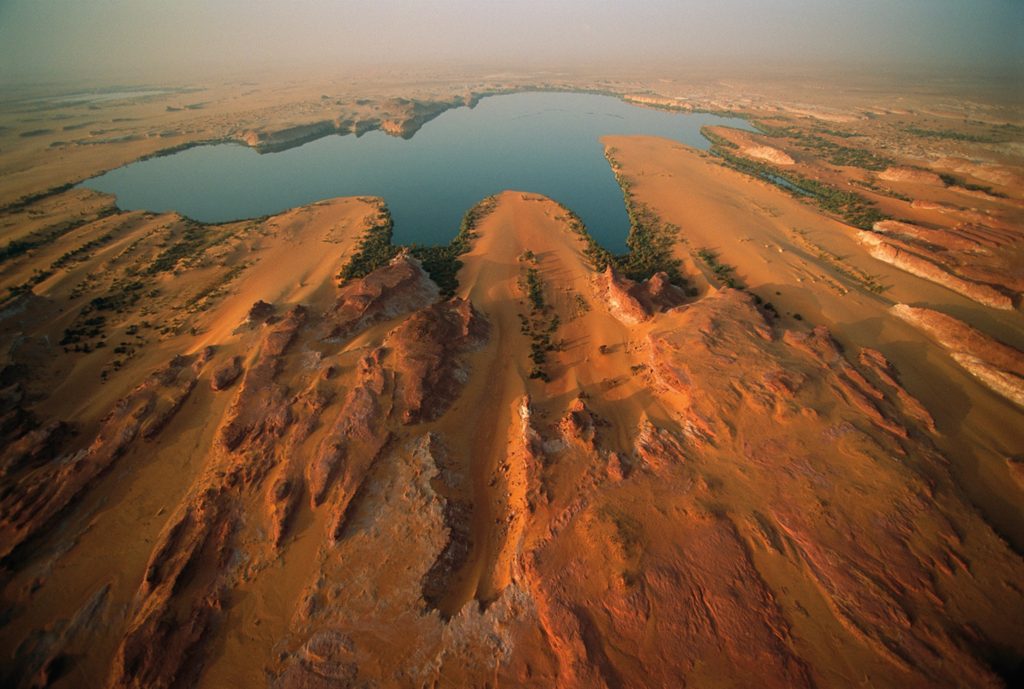
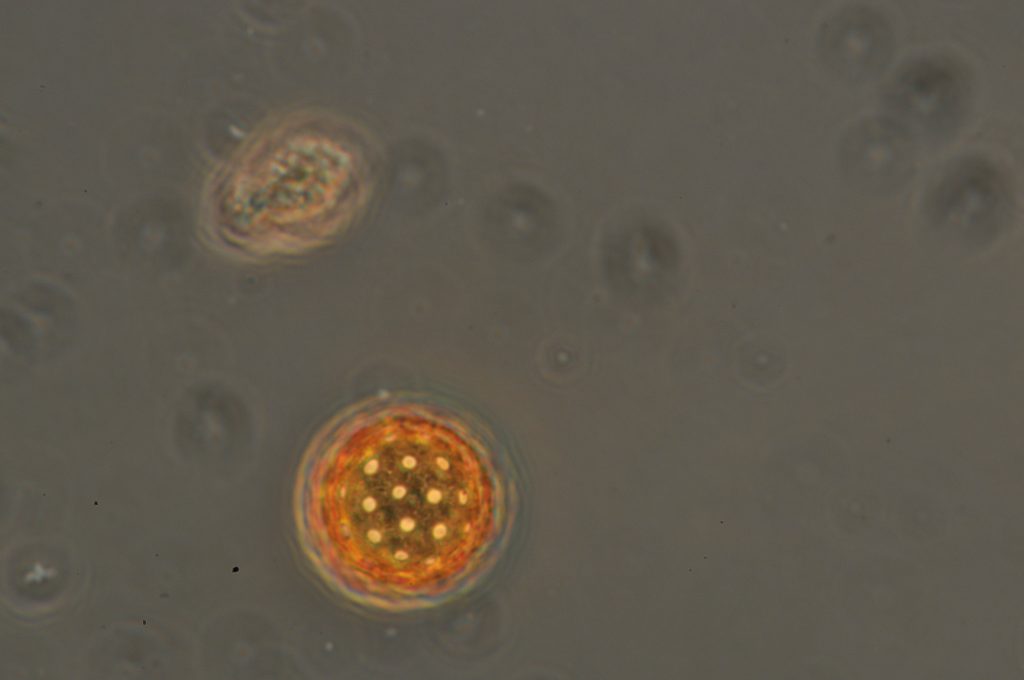
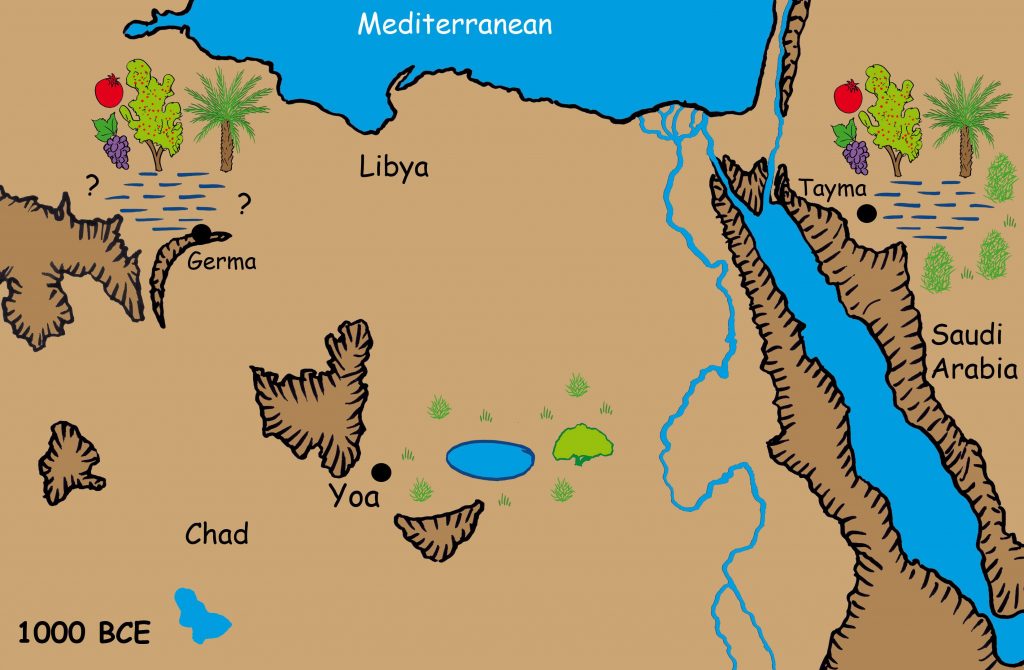
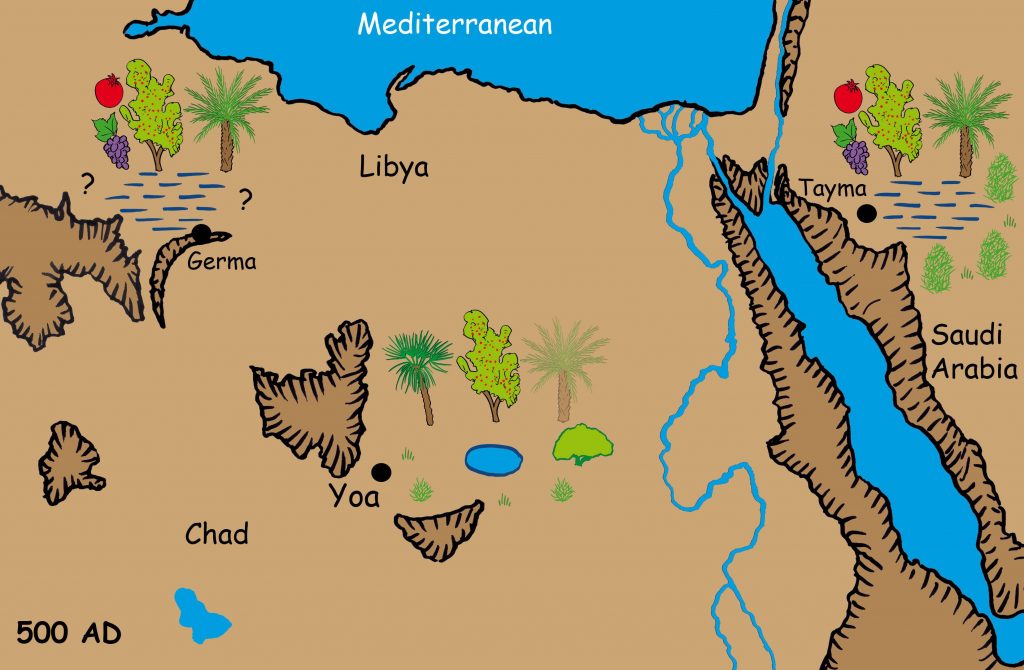
During the Early and Middle Holocene the central Sahara re-greened. This ‘Green Sahara’ offered a large range of subsistence possibilities and facilitated migrations and exchange. The Mid-Holocene retreat of the savannah as response to the weakening of the monsoon necessitated human adaptations.
In these drying environments, mountains and oases are supposed to play a crucial role as refuges, acting as propagation centres when ecological conditions become favourable again. As part of the DFG- Priority Program ‘Entangled Africa’, the ‘DeGree’ project aims at compiling a palaeo-ecological framework for the Middle and Late Holocene for the Central Sahara. These last 6000 years encompass the progression from a deciduous savannah during the Middle Holocene to today’s hyper-arid desert. This palaeo-ecological framework will be complemented by investigating the beginnings and developments of oasis agriculture. The history of this livelihood system, intrinsically connected to deserts, is nearly unexplored for the Central Sahara.
In a first step, periods of ecosystem shifts and periods with only minor fluctuations will be identified. In a second step, two possible hypotheses will be investigated: Did major environmental changes foster socio-cultural developments or were stable environmental conditions favourable for evolving new livelihood systems and networks?
The second key aspect is the supposed increasing impact of human land-use, especially oasis agriculture in the Central Sahara. Own investigations and compilations of available data of crop plants in the past and present will shed new light on this livelihood system well adapted to deserts. Which indigenous crop plants were available? How did the spectra change through time?
Members
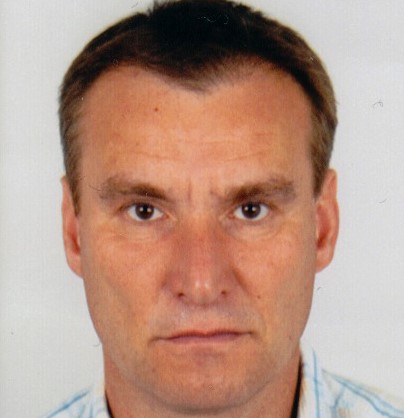
Dr. Philipp Hoelzmann
FU Berlin | Institute for Geographical Sciences
philipp.hoelzmann@fu-berlin.de
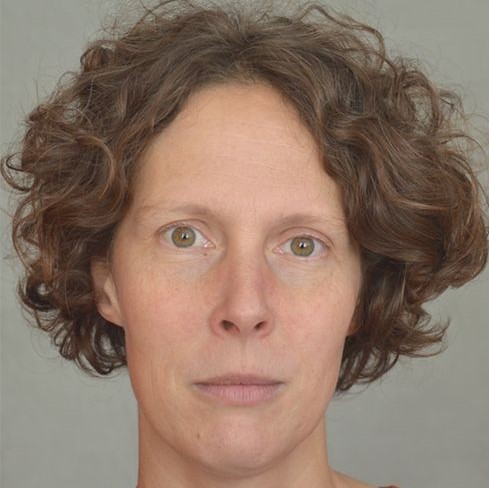
Dr. Michèle Dinies
FU Berlin | Institute for Geographical Sciences
michele.dinies@fu-berlin.de
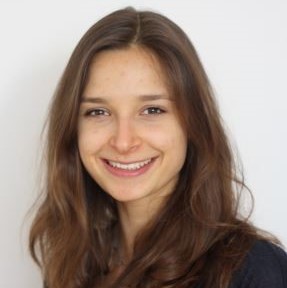
Lena Schimmel
FU Berlin | Institute for Geographical Sciences
lena.schimmel@fu-berlin.de
Project partners
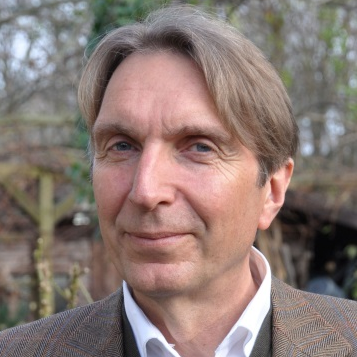
Dr. Reinder Neef
DAI Berlin Head Office| Archaeobotany, Department of Natural Sciences
reinder.neef@dainst.de

Prof. Dr. Martin Melles
University of Cologne | Institute of Geology and Mineralogy
mmelles@uni-koeln.de

Dr. Volker Wennrich
University of Cologne | Institute of Geology and Mineralogy
volker.wennrich@uni-koeln.de
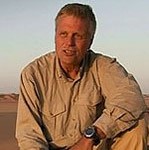
Dr. Stefan Kröpelin
University of Cologne | Africa Research Unit, Institute of Prehistoric Archaeology
s.kroe@uni-koeln.de
Figure Captions
Fig. 1 Lake Yoa, fed by ground-water, in Northern Chad – an extraordinary archive in the middle of the
Sahara [photo by George Steinmetz].
Fig. 2 Amaranthaceae pollen, a typical representative of the present desert vegetation. Pollen and
geochemical analyses are the proxies investigated in the ‘DeGree’ project [photo by Michèle Dinies].
Fig. 3a/b Two sketches illustrating developments of oasis agriculture at different oases in the Old World
Dry Belt [photo by S. Walter].